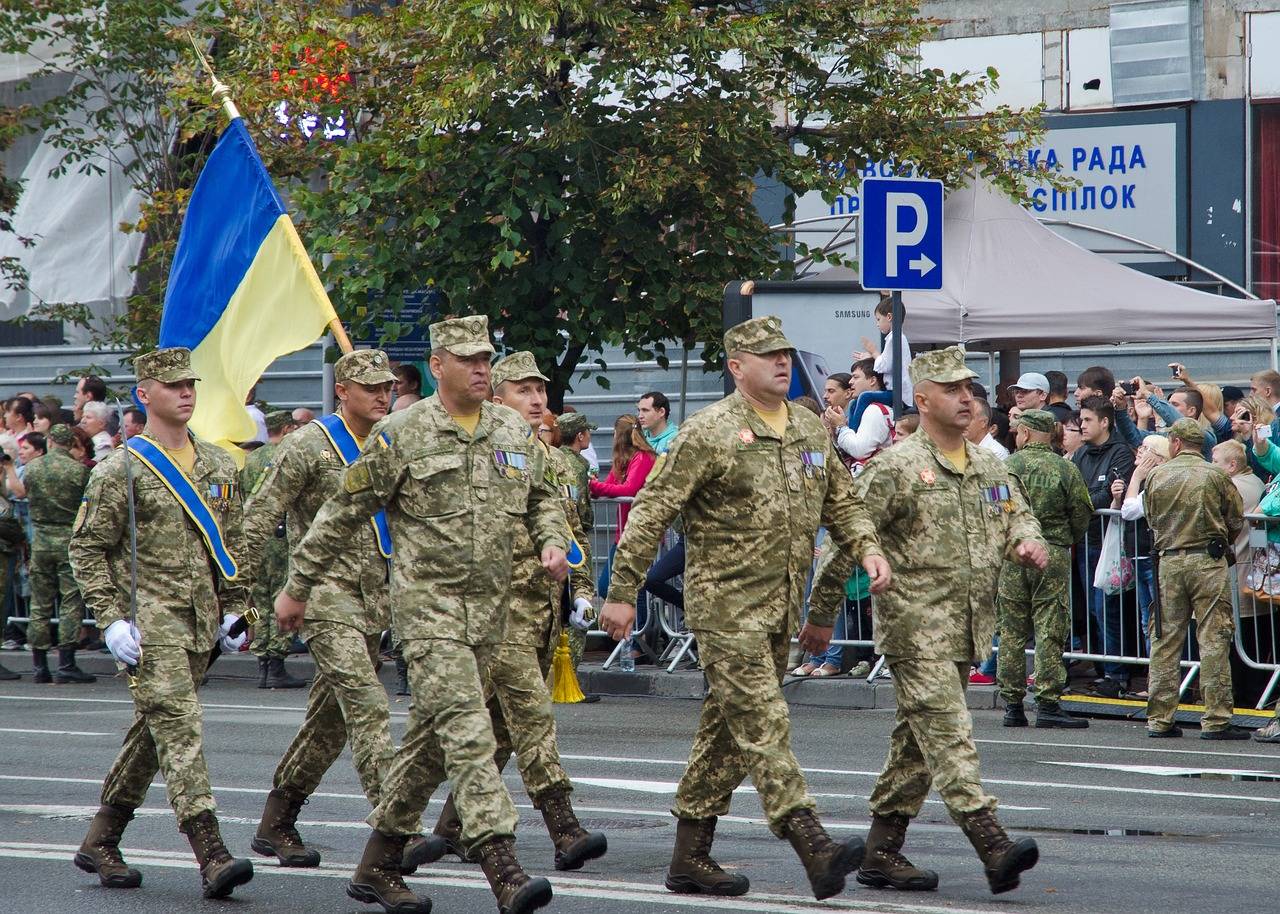The Art of Film Editing: Crafting Narrative Through Montage
Editing is a crucial element in the filmmaking process, playing a significant role in shaping the final narrative of a film. It involves the selection and arrangement of shots, scenes, and sequences to create a cohesive and engaging story for the audience. Through the manipulation of pacing, rhythm, and visual continuity, editors are able to enhance the overall impact and emotional resonance of a film.
The Evolution of Film Editing Techniques
Film editing techniques have undergone significant transformations over the years, adapting to technological advancements and artistic movements. In the early days of cinema, films were primarily edited using simple techniques like straight cuts and dissolves, focusing on continuity and seamless storytelling. As the medium evolved, editors began experimenting with more complex editing styles, incorporating techniques such as jump cuts and parallel editing to create dynamic visual narratives.
The introduction of digital editing tools revolutionized the way films were edited, offering editors more flexibility and creative control. Non-linear editing systems allowed for easier access to footage, enabling editors to rearrange scenes and experiment with different narrative structures. This shift towards digital editing also facilitated the rise of new editing techniques like rapid cutting and montage, allowing filmmakers to convey emotion and storytelling in innovative ways.
The Role of Montage in Shaping Narrative
Montage is a powerful storytelling technique that has been used in film editing for decades. Through the strategic juxtaposition of different shots, scenes, or images, montage has the ability to condense time, convey emotion, and create meaning in a way that linear storytelling cannot. By carefully selecting and arranging visual elements, editors can manipulate the viewers’ perception and enhance the overall narrative structure of a film.
One of the key functions of montage is its ability to establish relationships between different elements within a film. By seamlessly weaving together disparate shots or scenes, editors can create a sense of continuity, build suspense, or highlight thematic connections. This deliberate arrangement of images not only guides the viewer’s interpretation of the film but also shapes the emotional impact of the narrative. Montage serves as a powerful tool for filmmakers to control the pacing and rhythm of a story, allowing for a more dynamic and engaging viewing experience.





